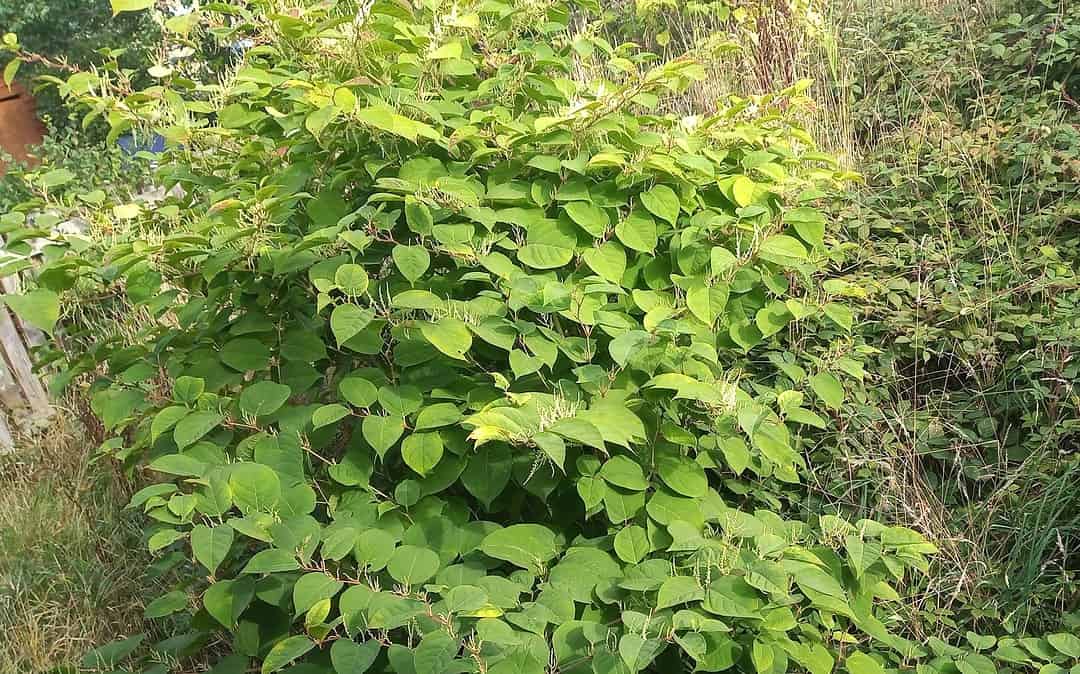Separating Fact from Fiction in [2023]
Discover the truth behind the most widely believed misconceptions about Japanese Knotweed. Learn the facts and dispel the myths surrounding this invasive plant species
Introduction: Japanese Knotweed is an invasive plant species that has taken over large portions of land in several countries, including the UK and the US. Despite its widespread prevalence, there are many misconceptions surrounding this plant, which can make it difficult to properly address and manage. In this article, we will examine some of the most common misconceptions about Japanese Knotweed and separate fact from fiction.
The Most Common Misconceptions About Japanese Knotweed:
- Japanese Knotweed is only found in Japan This is one of the most widely believed misconceptions about Japanese Knotweed. In reality, the plant is native to Japan but has since spread to many other countries, including the UK, the US, and Europe. It was first introduced to Europe as an ornamental plant in the 19th century and has since become an invasive species.
- Japanese Knotweed is only a problem in rural areas Another common misconception about Japanese Knotweed is that it is only a problem in rural areas and does not affect urban areas. However, this is not the case. Japanese Knotweed can grow in both rural and urban areas, and it can be just as damaging in the latter as it is in the former.
- Japanese Knotweed is easy to eradicate Many people believe that Japanese Knotweed is easy to eradicate and can be removed with a simple digging and removal process. However, this is not the case. Japanese Knotweed has a deep and extensive root system that can reach up to 3 meters in depth, making it extremely difficult to remove. Additionally, any small piece of the plant left in the ground can quickly regrow and spread.
- Japanese Knotweed is only harmful to the environment While it is true that Japanese Knotweed can cause significant damage to the environment, it can also have a negative impact on buildings and structures. The plant’s roots can cause structural damage to buildings, bridges, and other structures, leading to costly repairs and renovations.
- Japanese Knotweed is not harmful to humans Another common misconception about Japanese Knotweed is that it is not harmful to humans. However, this is not true. The plant can cause skin irritation and rashes, and it can also release toxins that can be harmful to humans and animals.
Frequently Asked Questions (FAQs) About Japanese Knotweed:
- Is Japanese Knotweed toxic to humans? Yes, Japanese Knotweed can release toxins that can be harmful to humans and animals. It can also cause skin irritation and rashes.
- How do I remove Japanese Knotweed? Removing Japanese Knotweed can be a challenging process due to its deep and extensive root system. It is recommended that you seek the help of a professional to properly remove the plant.
- Can Japanese Knotweed grow in urban areas? Yes, Japanese Knotweed can grow in both rural and urban areas.
- How does Japanese Knotweed cause damage to buildings and structures? The plant’s roots can cause structural damage to buildings, bridges, and other structures. This can lead to costly repairs and renovations.
Conclusion: In conclusion, it is important to dispel the misconceptions surrounding Japanese Knotweed and educate people about the true nature of this invasive plant species. Japanese Knotweed can be a serious problem for the environment, buildings and structures, and human and animal health. Understanding the facts about Japanese Knotweed can help to better address and manage the plant, reducing its spread.
